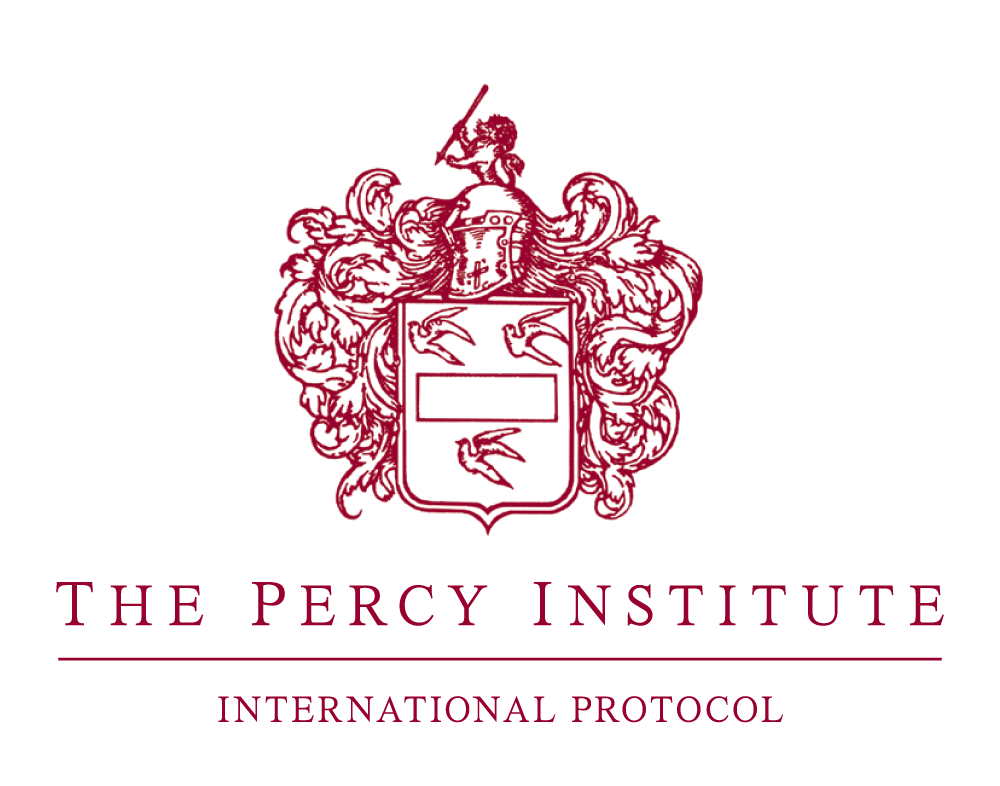The history of the traditional white wedding dress is a fascinating journey through time, culture, and symbolism. While the white wedding gown is now synonymous with purity and matrimony, its origins are both diverse and intriguing.
⚜️
In the annals of fashion history, the white wedding dress as we know it today gained prominence during the 19th century, thanks in part to the iconic choice of Queen Victoria. In 1840, when she married Prince Albert, Queen Victoria defied the norm by selecting a white wedding gown instead of the conventional royal silver. Her choice not only signified her personal preference but also set a new trend in motion. The elegance of her white silk satin dress, adorned with delicate Honiton lace, captivated the public’s imagination and inspired brides across Europe and beyond to embrace the purity and refinement associated with this color.
⚜️
Before Queen Victoria’s influential choice, brides often wore dresses in various colours, with blue being a popular choice due to its association with purity in certain cultures. Additionally, wealthier brides often chose their best dresses, regardless of colour, for their weddings. However, Queen Victoria’s impactful decision gradually shifted the collective perspective toward white as the quintessential bridal colour.
The symbolic connotations of the white wedding dress further bolstered its popularity. In Western culture, white has long been linked to notions of innocence, purity, and new beginnings. This symbolism aligns seamlessly with the concept of marriage as the start of a new chapter in one’s life, a commitment to purity of heart and intention, and the preservation of a sacred union. As a result, the white wedding dress became more than just a fashion statement; it became a representation of hopes, dreams, and lifelong promises.
⚜️
With time, the trend of white wedding gowns transcended borders and cultures. Different societies infused their unique customs and aesthetics into the white dress, resulting in variations that are as diverse as they are captivating. From intricate lacework to delicate beadwork, every embellishment and detail spoke to the individuality of the bride and the cultural nuances she embraced.
⚜️
In recent years, while contemporary bridal fashion has seen the emergence of a spectrum of colours, including black and unconventional styles. Black has case a surprising, and glamorous shadow over bridal fashion trends with an increasing number of brides opting to stray from tradition. The classic white wedding dress continues to hold its enduring charm. Modern brides often seek to combine tradition with personal expression, resulting in a stunning array of designs that seamlessly blend timeless elegance with contemporary sensibilities.
⚜️
My preference is for brides who are being married for the second time to choose a colour other than white, because of the classic traditions which are generally considered to be for the bride’s first wedding. But I would always advise the bride that the choice is hers, and not society’s norms.
⚜️
In conclusion, the traditional white wedding dress is a product of historical influence, societal norms, and deeply rooted symbolism. From Queen Victoria’s groundbreaking choice to the present day, the white gown has encapsulated the essence of purity, love, and the promise of a beautiful future. Its enduring popularity and ability to adapt to evolving tastes reaffirm its status as a symbol of the eternal beauty found within the institution of marriage.

Recent Comments